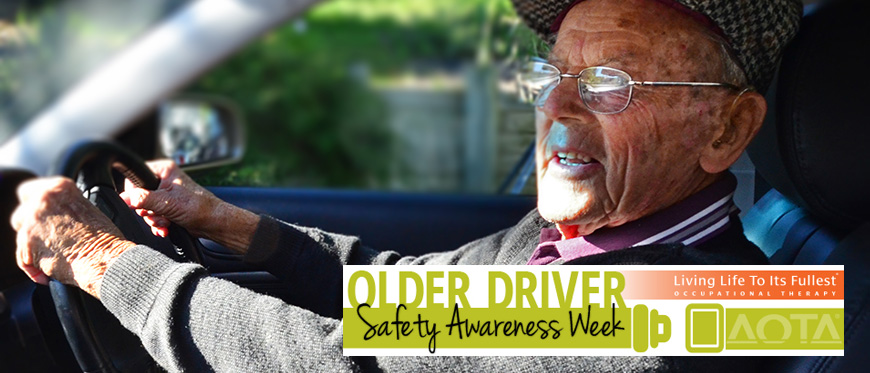On long rides, many cyclists begin to experience numbness and weakness in their hands. Over time, these symptoms can become more pronounced and occur earlier in the course of a given ride, requiring frequent breaks and changes in position.
What causes hand numbness?
Numbness occurs as a result of excessive pressure or stress on nerves. Biking affects the median and the ulnar nerves (if you have heard of carpal tunnel syndrome, then you have heard of median nerve problems).
The median nerve and several tendons go through a “tunnel” across the underside of the wrist. Keeping your hands bent up and pressed against the handle bars for extended periods puts excess pressure on this area, leading to numbness, tingling and weakness in the thumb, pointer finger, middle finger and half of the ring finger.
The ulnar nerve runs through the pinky side of the wrist and hand. Gripping the handlebars places direct pressure on this area, causing numbness and tingling in the pinky and ring finger.
Symptoms may resolve shortly after relieving the pressure on the nerves, or they may persist and worsen, potentially leading to muscle weakness in the hand.
Self-Help Solutions
There are a number of things you can do to relieve persistent hand numbness.
- Get a bike fitting: Are you riding on the proper size frame? Are the components of your bike fine-tuned for optimal body mechanics? A professional bike fitting can help answer these questions. Suggested modifications may include: moving the seat backward, changing the seat angle, lowering the seat and raising the bar – all of which will redistribute your weight back and away from your hands. It may also help to make adjustments to cleat placement, stem length and hood position for brakes/shifters.
- Wear gloves: Vibration itself can put stress on nerves, but it also causes you to grip harder than you normally would. Wearing gloves with padding, particularly on the hypothenar eminence (the pinky side of your hand) can help – just make sure they do not fit too tightly as this can make things worse.
- Get a grip: If you have a mountain bike, consider using thicker, softer grips that are also tacky so you don’t have to hold on as hard. For road bikes, you can use bar gel and thicker tape on the handle bars. Ergonomic grips are another option. They are specifically shaped to properly position your hands and help release pressure points. On the more expensive side, carbon bars can dampen vibrations and reduce nerve stress.
- Get a bike tune-up: Remember, reducing vibration is key, so make sure your suspension is properly tuned and your tire pressure is just right (not too much air).
- Use your core: At a stable speed, are you able to lift both hands off the handlebar without your body falling down forward? If not, you may be putting too much weight on your hands because you’re relying on your arms to stay upright instead of using your back and core strength. When riding, pay attention to your overall position and the level of engagement in your back and core muscles. Shifting your mental focus toward the mechanics of your body will present opportunities to make real-time adjustments to relieve pressure on your arms and hands.
- Adjust your hands: Change the position of your hands throughout a ride to avoid putting the same sustained pressure on your wrists the whole time. On a road bike, alternate between holding the drop bar, hood and flat portion of the bar.
- Relax your elbows: In all positions, keep your elbows relaxed so that you can adequately absorb vibrations from the road or trail. Relaxing your elbows will also engage your core and back muscles, taking additional pressure off your hands.
Exercises
Be proactive! Prevent hand numbness with these simple stretches and strengthening exercises for your hands, wrists and forearms. And don’t overlook the importance of your core – the ability to keep your core stable while riding can significantly reduce the amount of pressure on your hands.
Click here for photos/descriptions of key hand/wrist and core exercises and stretches for staying injury free.
Occupational and Physical Therapy Treatments
If your hand numbness worsens or becomes persistent, you may want to seek medical help from an occupational or physical therapist.
Treatment will depend on your therapist’s assessment of the cause of the problem. Common approaches include stretching and strengthening exercises. Your therapist may also recommend taping and splints to reduce pressure on your wrists.
Manual therapy such as massage, instrument-assisted massage, dry needling and contract-relax techniques may help. Nerve gliding exercises can improve the mobility of the nerves through surrounding soft tissue. To reduce swelling and pain, your therapist may also employ modalities such as ultrasound, heat and low-level laser therapy. Learn more about rehabilitation therapy services at CVMC.





